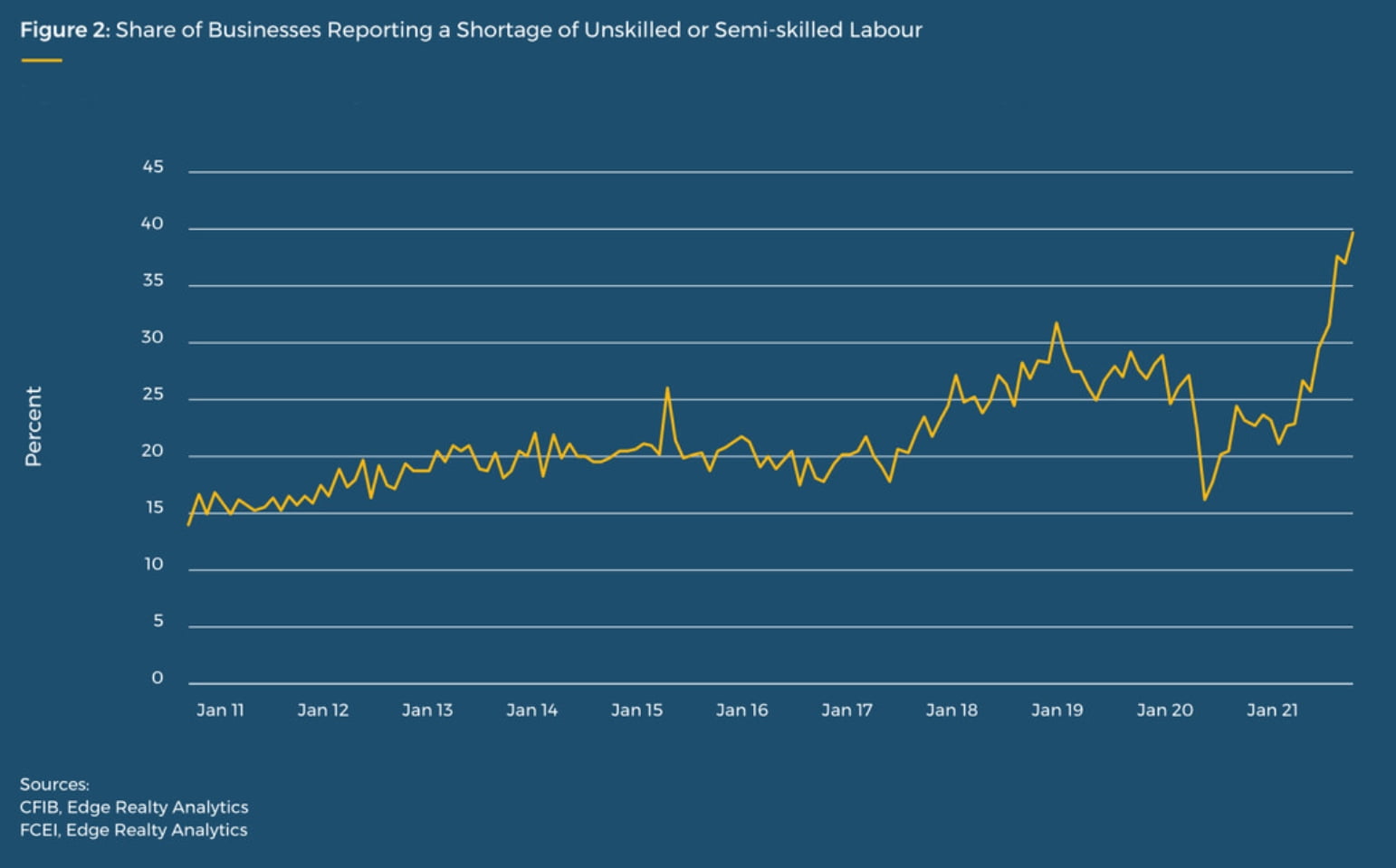The Latest in Mortgage News: CMHC to Review Investment Property Down Payments
It’s no secret that the federal government is eyeing reforms to investment properties in an effort to help reel in runaway house prices.
In a mandate letter sent from the Prime Minister in December, Housing Minister Ahmed Hussen was specifically directed to “review the down payment requirements for investment properties” and develop policies to “curb excessive profits” in that housing segment.
In 2021, over a quarter of all home purchases were made by buyers who already own a home—investors in many cases—according to data from Teranet.
“…our government is looking at every tool at our disposal to tackle these challenges head on,” the Ministry of Housing and Diversity and Inclusion and Canada Mortgage and Housing Corporation (CMHC) told the Financial Post in a statement. “By developing policies to curb excessive profits in investment properties, protecting small independent landlords and Canadian families, and reviewing the down payment requirements for investment properties, we are targeting the issues the market is facing from multiple angles.”
The government has not yet released details on potential changes to investment property down payment rules that are being considered, nor has it provided a timeline for any announcements.
Currently, non-owner-occupied rental properties in Canada with up to four units require a down payment of at least 20% by most lenders.
Mortgage expert Rob McLister told the Financial Post on Wednesday that a five percentage-point-increase to the minimum down payment would likely slow investment purchases “incrementally,” while implementing a 35% minimum down payment would “substantially slow” such purchases.
He added that regulators could also introduce restrictions on the use of borrowed money, such as home equity lines of credit, to fund down payments.
(Updated)
Jason Ellis Appointed CEO of First National
After serving in various roles at First National for nearly 18 years, Jason Ellis has been named the company’s new Chief Executive Officer effective today.
Ellis, who first joined the company in 2004, served as Chief Operating Officer since 2018 and in 2019 added the title of President.
Outgoing CEO Stephen Smith, who served in the role since First National went public in 2006, will continue to provide strategic advice and guidance to management in a newly created role of Executive Chairman.
Smith founded First National in 1988 with Moray Tawse, growing the company to one of Canada’s largest non-bank originators and underwriters of mortgages with $121 billion in mortgages under administration.
“Jason is uniquely qualified to lead First National as my natural successor,” Smith said in a statement. “Passing the baton to Jason is something that I am pleased to do as I know he will take First National to the next level of achievement for the benefit of our employees, customers, partners and shareholders.”
B.C. Saw Record Sales in 2021
More than 124,800 residential units traded hands in British Columbia in 2021, according to final 2021 figures released from the B.C. Real Estate Association (BCREA).
That’s a 33% increase from 2020. Meanwhile, the average MLS residential price in the province was $927,877, a nearly 19% jump from the year before. In three of B.C.’s largest markets, the average price of a home is now over $1 million.
“Last year was a record year for BC homes sales with seven market areas setting new highs,” BCREA Chief Economist Brendon Ogmundson said in a release. “Listings activity could not keep up with demand throughout the year. As a result, we start 2022 with the lowest level of active listings on record.”
Total active listings are currently at a record low of just 12,179 units, down over 41% from 2020.




 Source: CMHC
Source: CMHC